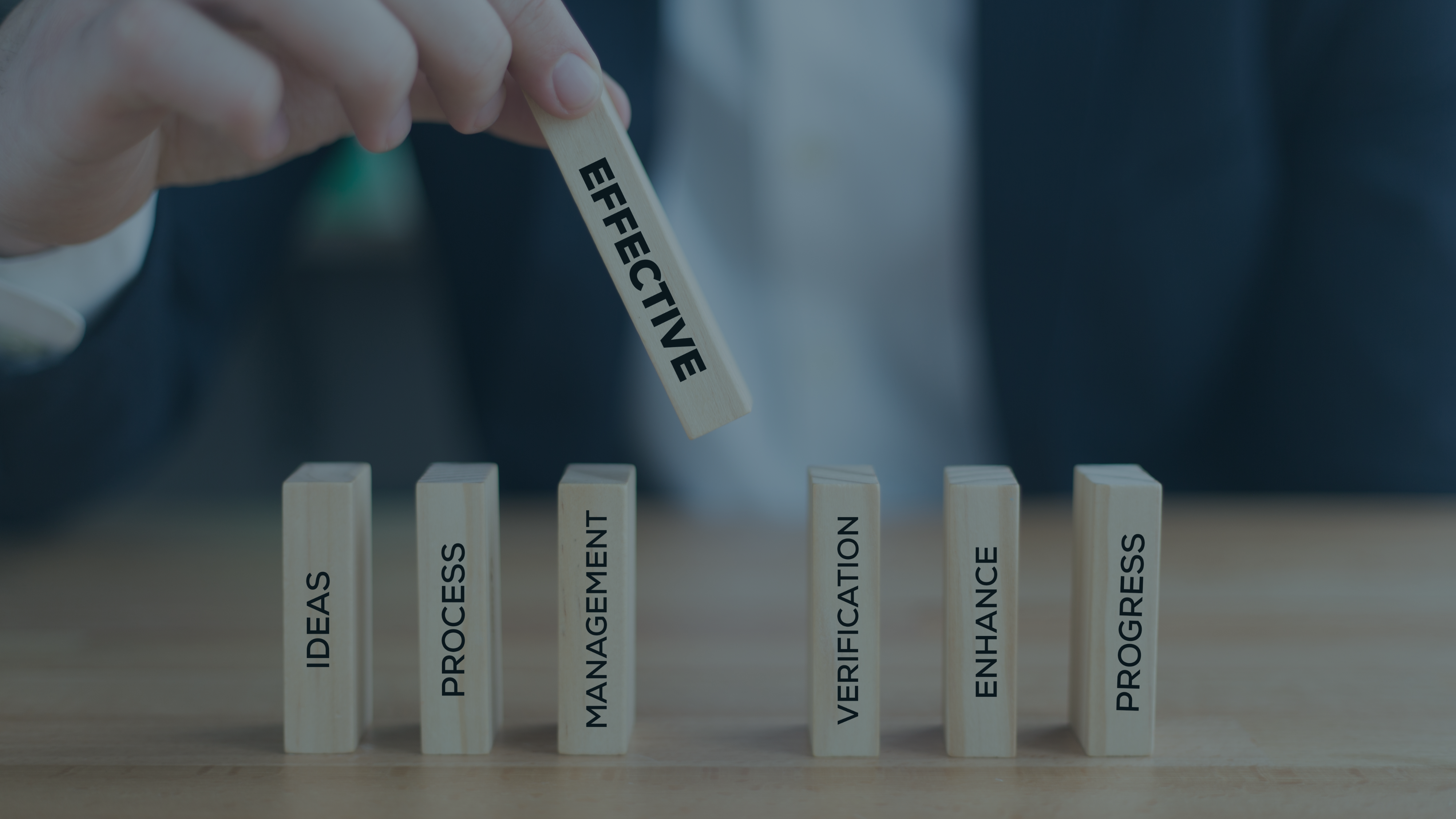Run a Team Meeting with KPIs
General company updates or things they need to know are great to share with employees before the meeting. Then allocate a few minutes for any questions from the team about those topics. If your team meeting involves multiple departments, this is a great way to get information from them ahead of time instead of spending the first 20 minutes of your meeting getting updates from everyone. Everyone should have audio and video when working from home to get more team collaboration.
Run a Team Meeting Where Making Decisions Makes Meetings Effective
It is hard for employees to know their roles in a meeting when it comes to decisions. Are they there to listen? Are they to provide input? Do you want to make this decision by consensus? Be sure to make clear in these scenarios who is ultimately responsible for making the decision and ensuring you have the team's support for the decisions being made and implemented. The purpose of a staff meeting is to solve problems, not create more of them, so solve everything you can while you are together as a team. Ensure that all action items are recorded and assigned to the proper employee.
Run a Team Meeting with an Agenda
If you have a big project to discuss, don't leave it for the last five minutes of your meeting. If a conversation goes on too long, see what can be redirected to the next session or set a time to follow up on that topic after the team meeting. The weekly meeting facilitator will have to make some judgment calls in real-time as to whether it is worth continuing the discussion, getting it back on track, or tabling it. Individual team members should have the chance to participate in each agenda item that is relevant to them. The person taking the meeting minutes is often the best person to nudge the meeting back on track.
Prepare for the Team Meeting
A successful team meeting will have a leader who can facilitate the conversation, but that leader doesn't have to run the entire session. Once you've determined your agenda topics and meeting schedule, could you let your team know if they need to prepare to share information in advance? This is a fantastic opportunity to give team members a chance to lead discussions, share important updates, offer suggestions, and come away with action items for the next meeting. Still, they can only do that if they're prepared. Only spring a topic on them at the forum if you want a productive discussion. Feel free to bring any additional insight from your skip-level meeting questions.
Get Better at Each Weekly Team Meeting.
Seek feedback from your team on your meeting agenda. What worked well and what didn't? You can use that information to tweak your agenda to what works best for the team and their needs. This continuous feedback loop will ensure that your weekly team meetings get better each week. In work-from-home and remote teams, you should avoid conference calls when possible and use web conferencing software like Microsoft Teams or Zoom. Make sure that you start the meeting on time, clearly explain the purpose of the meeting, and get better each week. Pretty soon your bad meetings, turn into tolerable ones and eventually great meetings.
A team meeting should be something the employees look forward to each week — a place where they can share their concerns, share ideas, ask questions, get valuable information, and feel that they are part of the overall process. 80% of your weekly meetings should be spent solving problems. Here is how to fix weekly meetings. Take some time to craft your agenda to make the most of that weekly team meeting slot and treat it as a weekly team-building exercise rather than something you just have to survive!
If you want to run the perfect executive team meeting, read this post, our check our learn section to learn more about the multiple types of meetings.
Need help getting your team aligned to achieve your growth goals? Rhythm systems software was ranked the #1 easiest software to use, highest ROI, fastest implementation, and highest adoption rate on G2.



